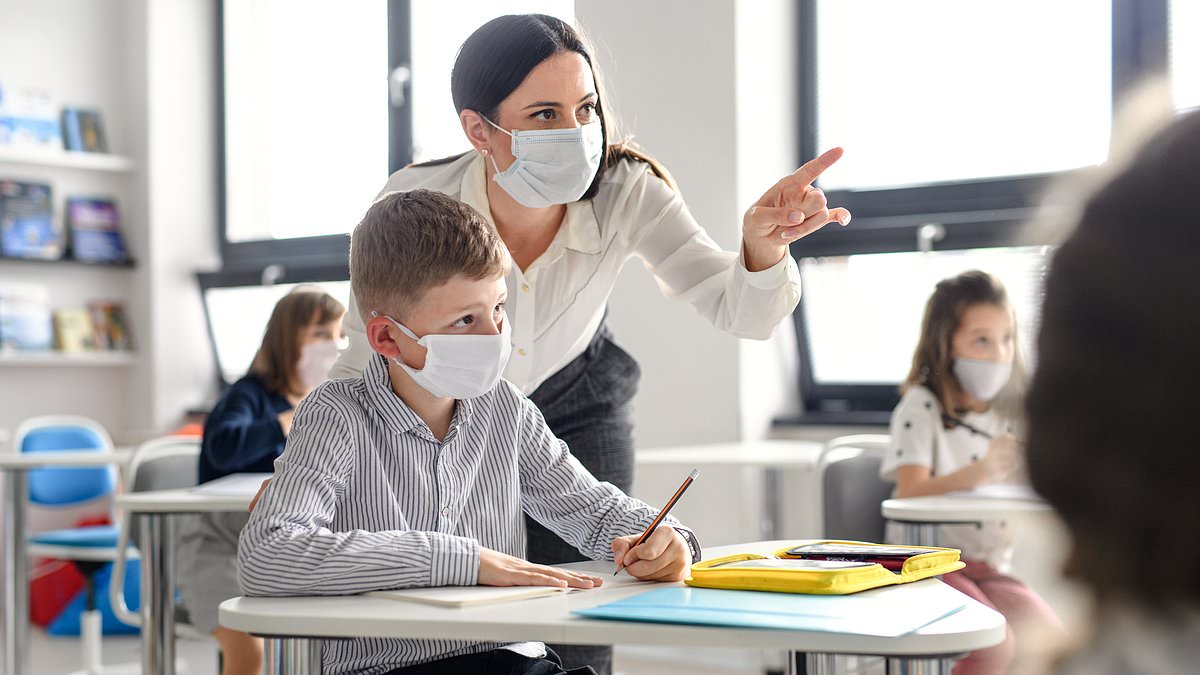A total of 1.6 million children are now classed as disabled, up by a third since Covid-19. Last year, around 140,000 children received benefits for behavioural disorders.
Since the spread of COVID-19, there has been a sharp increase in diagnoses of mental illness and behavioral disorders such as ADHD, with it now reported that one in nine children has a disorder.
Official data shows that 1.6 million children are now classed as having a disability, up by more than a third since the pandemic, and the number of children receiving benefits for behavioural disorders such as ADHD and autism has increased by 144%.
A growing trend towards diagnosing behavioural problems as disorders and a rise in mental health issues among young people have been blamed for the surge.
In 2021-22, about 11% of children reported having life-threatening symptoms lasting for more than a year, compared with 8% in 2019-20 and 6% a decade ago.
Data from the Department for Work and Pensions shows that while the number of people claiming disability benefit has risen by 10 percent overall in the past decade, claims for children have increased by 69 percent.
Diagnoses of mental illness and behavioural disorders such as ADHD have soared since the COVID-19 outbreak, with one in nine children now reported to have a disorder (stock image) In 2021-22, 11% of children reported life-threatening symptoms lasting more than a year, up from 8% in 2019-20 and 6% a decade ago (stock image)
Child applications have also increased by 17% since the pandemic, compared with 3% overall, according to the Times.
Ministers are concerned that Child Disability Payment has risen to £3 billion and is expected to reach £5 billion by 2030, potentially creating a generation reliant on the benefit.
More than 650,000 children are receiving disability benefits and almost half of their claims are for learning disabilities, a 37 percent increase in five years.
Behavioural disorders such as ADHD have more than doubled over that period, with nearly 140,000 children receiving benefits for behavioural disorders last year.
Sam Ray Chaudhri of the Institute for Fiscal Studies said measures such as lockdowns may have exacerbated existing trends of declining mental health among young people.
He told The Times: “For young people [Covid] Lockdowns, school disruptions and huge increases in absenteeism have had the biggest impact on mental health, rather than physical aspects.
“So it seems quite possible that his mental health may have deteriorated during that period.”
The number of children claiming disability benefits has also risen by 17% since the pandemic, compared with 3% overall, according to The Times (stock image) Sam Ray Chaudhri of the Institute for Fiscal Studies said measures such as lockdowns have likely exacerbated earlier trends of a worsening mental health situation among young people (stock image)
Lucy Foulkes, a psychologist at Oxford University whose research has influenced governments, said people were becoming more willing to ask for help.
She said: “The criteria for what counts as a mental health problem or illness are changing and people are seeking help for milder versions of the same problems. I think the two things are probably happening at the same time.”
A Government spokesman said: “We know that awareness of autism and other neurodevelopmental disorders has increased significantly over the past decade and that the numbers of children and young people seeking a formal diagnosis are on the rise.”
“We are committed to delivering a welfare system that is fair to taxpayers while supporting the most vulnerable, and all benefits will be available only to applicants who meet the eligibility criteria.”

